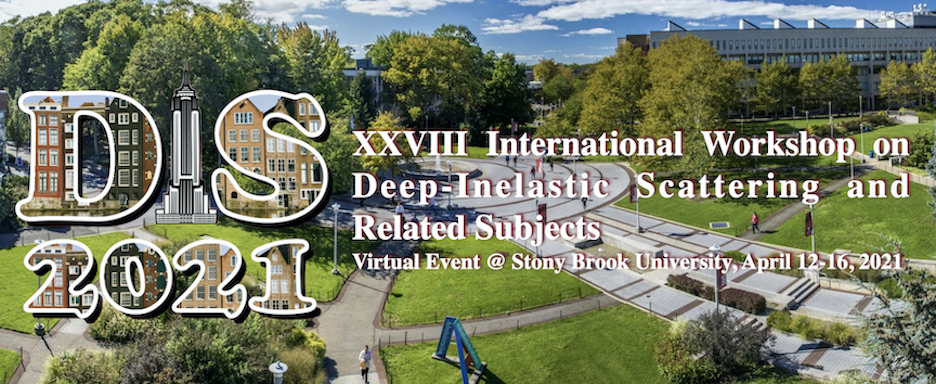Speaker
Description
We present predictions for the distribution of rapidity gaps in realistic kinematics of future electron-ion colliders, based on numerical solutions of the original Kovchegov-Levin equation and of its next-to-leading extension taking into account the running of the strong coupling. We find that for the rapidities we have considered, the fixed and the running coupling equations lead to different distributions, rather insensitive to the chosen prescription in the running coupling case. The obtained distributions for the fixed coupling framework exhibit a shape characteristic of a recently proposed partonic picture of diffractive dissociation already at rapidities accessible at future electron-ion colliders. The modification of this shape in the running coupling case can also be understood qualitatively from that picture. Our results confirm the relevance of measurements of such observables for the microscopic understanding of diffractive dissociation in the framework of quantum chromodynamics.

